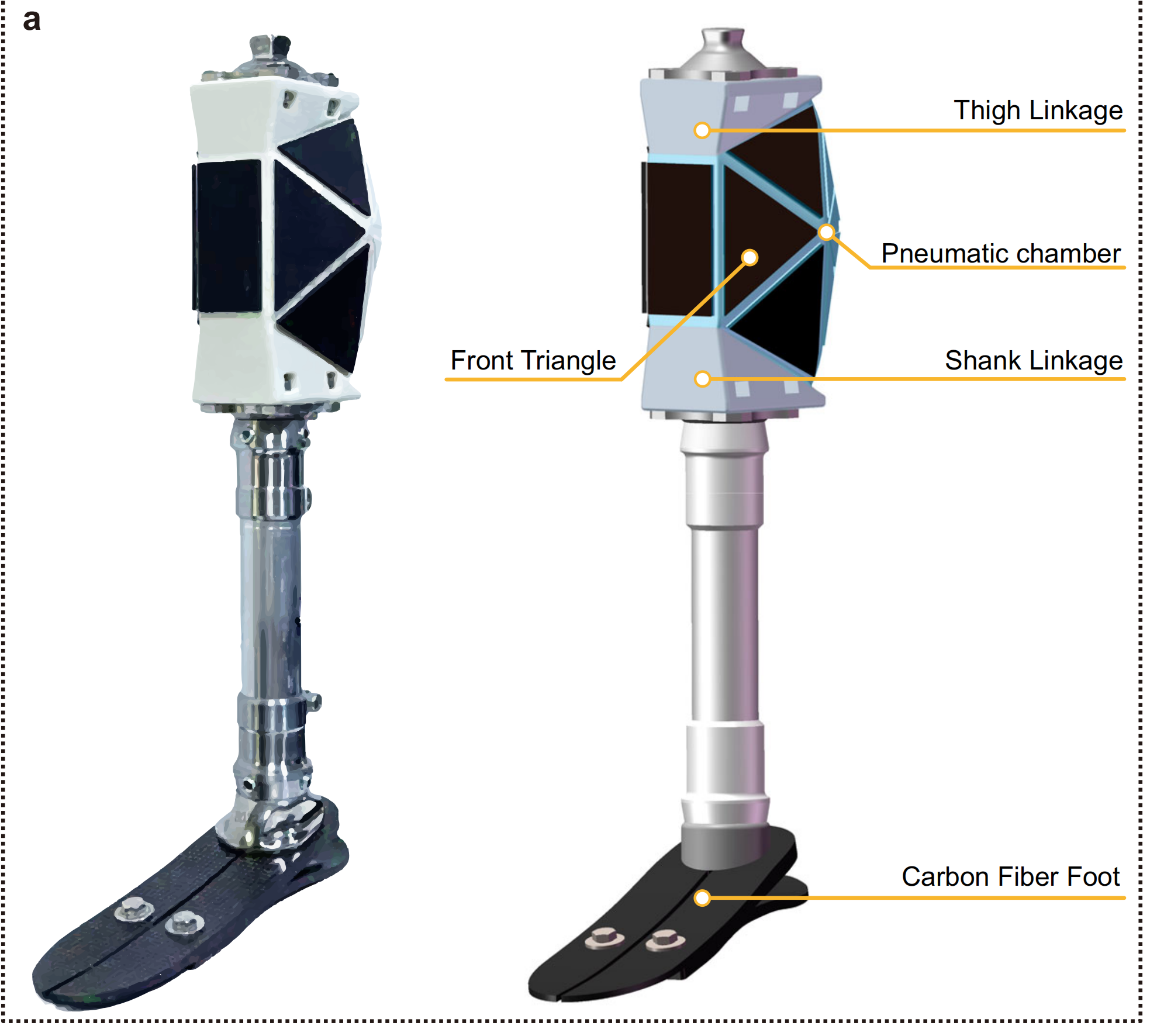Development of a "Beautiful China" to be promoted comprehensively
BEIJING, Jan. 11 (Xinhua) -- The Communist Party of China Central Committee and the State Council have issued guidelines to comprehensively promote the development of a "Beautiful China."
This development must be given prominence in the construction of a strong country and in the process of achieving national rejuvenation, according to the guidelines.
By 2027, China will have seen a continuous decrease in the total discharge of major pollutants and improve the quality of its ecological environment.
By 2035, green methods of production and ways of life will have been developed broadly, carbon emissions will have peaked and be in steady decline, and the country's ecological environment will have improved fundamentally.
Looking ahead to the middle of the century, China's ecological civilization will have improved comprehensively, its green development and lifestyles will have taken full shape, and the deep decarbonization of its key areas will have been realized, according to the guidelines. The country's ecological environment will also be healthy and beautiful by that time, its ecological and environmental governance system and capacity will be fully modernized, and a "Beautiful China" will have been built in all respects.
The guidelines urged efforts to strengthen law enforcement oversight, protection, and restoration and strive to keep the national ecological protection red line area above 3.15 million square kilometers.
Work should be done to strive to realize a carbon peak by 2030 and lay a foundation for working hard to achieve the goal of carbon neutrality by 2060.
The guidelines noted that by 2027, the proportion of new energy vehicles among all new automobiles should reach 45 percent. Old diesel locomotives will be eliminated, and the combined transport volume of port containers by railway and waterway will maintain rapid growth.
By 2035, the proportion of railway freight turnover aimed to reach about 25 percent, while the efficiency of energy and water resources utilization was targeted to reach an advanced level globally, it said.
The guidelines also aimed to deepen pollution governance, accelerating the construction of zero-waste cities, deepening the complete ban on the entry of imported waste, and strictly preventing all forms of smuggling and disguised import of solid waste.
By 2035, China will achieve full coverage of zero-waste city construction, the eastern provinces will take the lead in finishing the construction of zero-waste cities, and the environmental risks of new pollutants will be effectively controlled.
To enhance the diversity, stability, and sustainability of the ecosystem, the guidelines aimed that the national forest coverage will increase to 26 percent and the soil and water conservation rate will climb to 75 percent by 2035, achieving a virtuous cycle of ecosystems.
Policy support will also enhance, the guidelines said.







